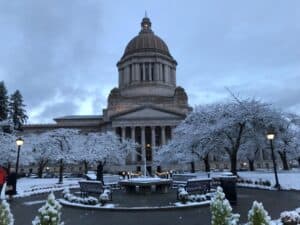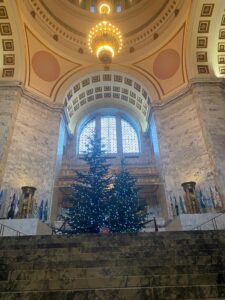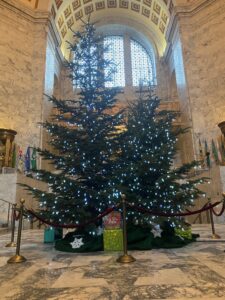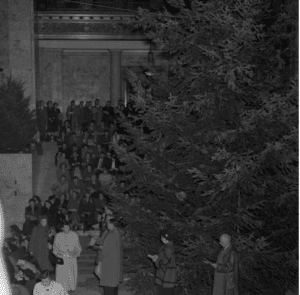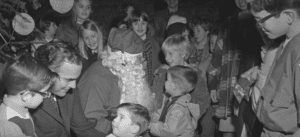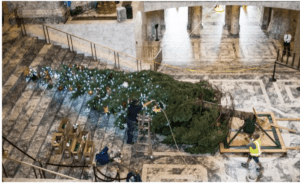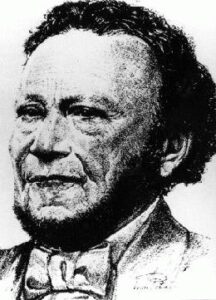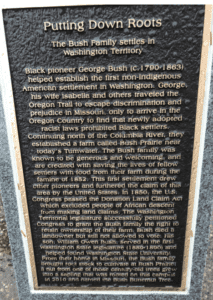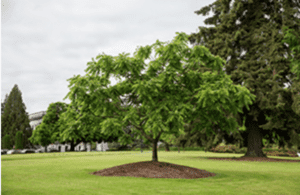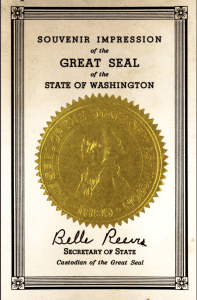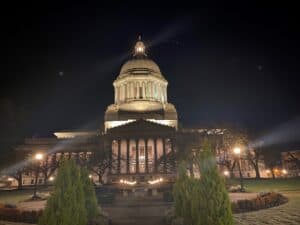
Photo credit: Erica Hallock
Trivia!
Who was the first Black woman elected to the Washington State Legislature?
Highlights of the Week
Paid Family and Medical Leave. In a Jan. 18 work session to the Senate Ways and Means Committee, Employment Security Department staff provided an overview of cash-flow challenges facing the state’s Paid Family and Medical Leave program.
Funded by a combination of employer and employee contributions, the program began January 2020, providing 12 weeks paid time off to bond with a new child or address a serious medical condition of a worker or worker’s family member. To date, more than 37% of applications have been for bonding with a new child; just over 50% for addressing an individual’s medical condition; and 12% for caring for a family member with a serious medical condition.
The program launched right before COVID-19 hit and applications have far exceeded projections, creating a fund deficit beginning as early as March or April 2022. At this time, it is unclear the extent to which the pandemic spiked demand and how projections may need to be adjusted going forward.
For now, budget writers are being briefed on the issue to ensure they allocate sufficient funding to keep the Fund solvent and allow for the continuation of paid leave. Current estimates range from a budget shortfall of $110 million to $405 million.
Fair Start for Kids Act Work Session. On Feb. 2, the Senate Early Learning and K-12 Committee held a work session that led with an overview of the implementation of the Fair Start for Kids Act to date.
DCYF Assistant Secretary Nicole Rose delivered the agency’s presentation, which included data points updated from a similar work session held in the House Children, Youth and Families Committee last month. Updated information included:
- Child Care Stabilization Grants. As of Jan. 31, DCYF approved 4,872 stabilization grants, representing nearly $288.5 million to stabilize the child care sector.
- ECEAP Expansion. Funding is available for 750 expansion slots in the 2022-23 school year. DCYF received applications totaling 1,358 slots, with the requests breaking down as follows: 214 part-day, 948 school-day and 196 working-day.
- Working Connections Child Care Expansions. After income eligibility rose to 60% of State Median Income Oct. 1 and co-payment amounts dropped, DCYF estimates 2300 new families will be eligible. Roughly 300 families have enrolled to date.
- Home Visiting Expansion. DCYF received $2.6 million in requests from 14 programs for $1.3 million in available funding.
- Early Learning Facilities Fund. More than 140 applications were received totaling $73 million, far exceeding the $22 million included in the Capital Budget.
Assistant Secretary Rose emphasized the workforce challenges facing all sectors of early learning. Staffing limitations in early learning are exacerbated by chronically low compensation and the spread of the Omicron variant which is particularly impacting child care and ECEAP classrooms.
With regard to ECEAP, Assistant Secretary Rose noted the higher demand for school and work-day slots compared to part-day slots. She noted that programs requested to return/convert about 300 part-day slots due to low demand. Senator Claire Wilson reiterated that part-day slots meet very few families’ needs, and this reality should be considered in expansion planning.
WSIPP Study on ECEAP. The Washington State Institute of Public Policy (WSIPP) released a January 2022 evaluation of ECEAP and its impact on kindergarten readiness for part- and school-day enrollees. This evaluation resulted from 2019 legislation which required WSIPP to look at ECEAP dosage models (e.g., the comparative impacts of part-day and school-day programs).
Start Early Washington’s Jess Galvez wrote the following summary of the evaluation. Thanks, Jess!
The evaluation examines the relationship between school-day and part-day ECAEP model enrollment and child outcomes. Overall, children exposed to more hours of high-quality early learning programs are more likely to be kindergarten-ready than children attending part-day classes. Specifically, WSIPP notes, … “children in school-day [models] are 15% more likely (on average) to achieve proficiency in all six WaKIDS domains, relative to children attending part-day [models].”
Further, the report’s main analysis indicates a positive relationship between school-day enrollment and kindergarten readiness for non-Hispanic children. However, additional subgroup analyses suggest a significant relationship between school-day enrollment and kindergarten readiness for non-Hispanic BIPOC and white children.
Legislative Updates
The short, 60-day legislative sessions are truly a sprint with one cut-off (deadline) quickly followed by another. Thursday, we saw policy committee cut-off, the deadline for bills to pass out of policy committees. This then pivots to focus on fiscal committees with fiscal committee cut-off scheduled for Monday, Feb. 7. We will see marathon meetings of the Senate Ways and Means and Appropriations Committees prior to that Monday deadline. This includes an anticipated full day of Saturday meetings.
Following the fiscal committee cut-off, attention will shift to Floor activity in both chambers, with the deadline for bills to pass out of their house of origin by Feb. 15. Legislative leaders are watching the COVID-19 caseload numbers closely, and we may see more legislators in-person for Floor activity during this period.
New Length for the Legislative Session? At times, bills are introduced that make me think lawmakers want to ensure we are paying attention. On Jan. 31, Reps. Volz and Walsh introduced HB 2109 which would change the timing of legislative sessions in odd-numbered years from 105 days to ONE (1) day. I assume this bill is intended to make a statement.
Updated Bill Tracker. Don’t forget, Start Early Washington’s bill tracker is available on our website. Because bills are never really “dead” until Sine Die, we created a separate section of the chart for bills that did not advance by the deadlines – in case they get a second life in the process.

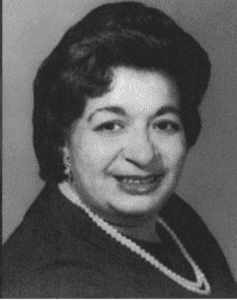
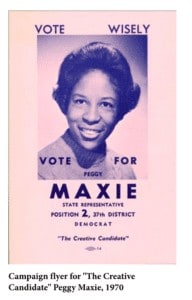
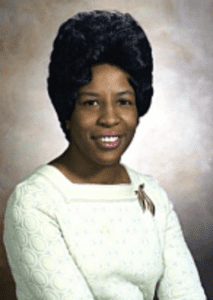
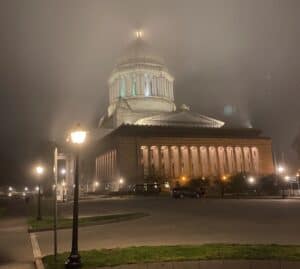

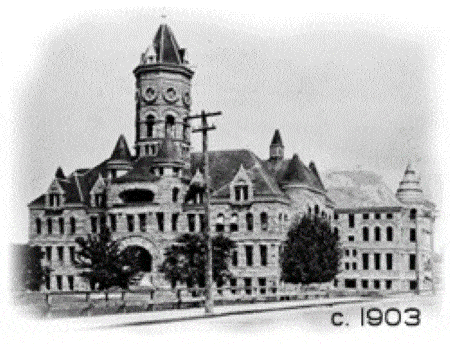
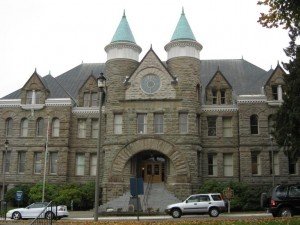
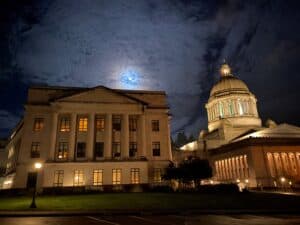
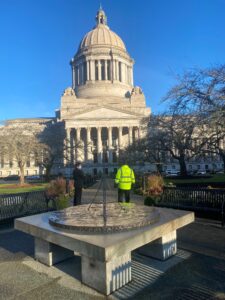
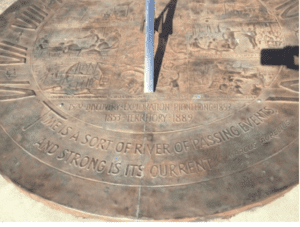
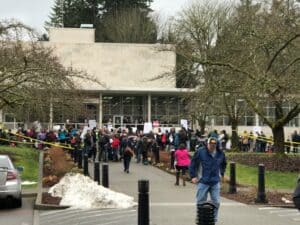

 Unfortunately, an “X file” at the Washington Capitol does not relate to the 1990s hit show “The X Files” – or have anything to do with aliens. Wouldn’t it be cool if it did?
Unfortunately, an “X file” at the Washington Capitol does not relate to the 1990s hit show “The X Files” – or have anything to do with aliens. Wouldn’t it be cool if it did?

